Psoriasis, currently incurable but with a promising future research, is a skin condition caused due to the abnormal production of skin cells resulting into red patchy or white thickened skin. This abnormality is triggered due to the discharge of inflammatory chemicals by anomalous blood lymphocytes resulting into uncharacteristic propagation of skin cells.
What are the symptoms to look out for?
The symptoms of psoriasis depend upon its type the person is suffering from. Different signs are needed to be observed for different types. It tends to commonly occur in regions where rubbing, friction, and trauma usually take place viz., palms, buttocks, etc.
Let’s look at the major signs and symptoms:
- Eroded or discolored nails
- Crusted or dense plaques on the scalp; sometimes, mild scaling also appears
- Thickened and raised, noticeable red skin patches particularly on elbows, knees, and lower back
- Sudden flare-ups could cause itching if the condition is in the areas of body folds such as buttocks and breast
- Auspitz’s sign – Experiencing bleeding in small areas when skin scales are scraped off
Here are some uncommon symptoms you need to know:
- Koebner’s phenomenon where sun burns, cuts, or an injury causes psoriasis patches to appear
- Symmetrical plaques appearing on both sides of a body part, for instance, both elbows
- Psoriatic arthritis which causes joint pain, swelling, and tenderness
Guttate psoriasis where patches shaped of a raindrop are flared-up
What causes psoriasis?
This is such a condition that its cause/s is/are still undetected. While this is known, majority of scientists believe that the condition could very well be inherited from one or more family members, as such a case is commonly found in 1⁄3rd of all psoriatic patients. However, at the same time, one cannot say that genetic factors alone determine the cause of psoriasis. Another cause could be the overreaction or defects of the immune system resulting into skin inflammation and flaking of the skin. Besides, certain environmental aspects and genetic disposition could also be the causes.
Is psoriasis spread by touching?
There is no scientific research that proves that the skin condition is spread by touching. In fact, it is a non-contagious condition. You will never contract the condition even by coming in contact with a psoriatic patient directly. It is a condition where a person cannot catch it from or spread to another person.
How is the diagnosis done?
At times, when need be, the laboratory tests could include X-ray examination and skin biopsy and other microscopic tests. However, mostly, the diagnosis is executed via a profound study of relevant family history and medical facts of the patient while incorporating the physical examination.
Is psoriasis segregated into different types?
Yes. The major types include:
Psoriatic arthritis
It is a common condition with 10-30% psoriatic patients where joint problems come into the picture. The most affected body parts are ankle, knee, and hand joints. The patient may also have inflammation in these parts. Surprisingly, at times, the patient may have a clear skin, but only the joints affected in this condition. However, in other cases, the skin symptoms appear before joint pain and other symptoms. The treatable condition usually sets at the age of 30-40 years. This is a devastating form of arthritis which is caused by a serious joint injury or low-level, chronic bacterial infection.
Plaque psoriasis
This is another common type where approximately 90% psoriatic patients are affected with it. It usually affects the trunk, knees, and elbows by soring it with scaly, loose, and silvery skin which later becomes red in color. These sores (oval or round shaped) could also turn into expanded patches.
Nail psoriasis
Here, the nail symptoms typically complement arthritis and skin signs. However, there are psoriatic patients with their nails affected alone. The nails could appear thick, yellow or brown colored, and loosened from the nail bed. Some of them may also hurt. Therefore, it is necessary to trim them short regularly, moisturize them along with the cuticles on a daily basis if they come in contact with water, and keep the nail edges smooth by filing them. The patient could also suffer from painful debris buildup under the toenails and fingernails for which he/she is advised to wear footwear with enough room for the toes and gloves while working with hands.
Pustular psoriasis
This type incorporates fluid filled, non-infectious pus sores appearing on palms and soles which could affect larger area of a body part or reflect as small drops on other parts at the same time. Along with nail changes, there could be flares that appear after terminating the use of certain medication and skin applications such as creams.
Psoriasis is also mainly found in the form of erythroderma or exfoliative psoriasis, inverse psoriasis, and guttate psoriasis.
Which medications to use?
Medications for psoriasis are usually divided according to its severity. For severe psoriasis, doctors usually prescribe biologics whereas oral medicines such as shots and pills are used to treat moderate to severe psoriasis. Besides, the doctors may recommend occlusion therapy i.e., wrapping up the skin after the application of medicated gels or creams. Topical medicines (prescribed or over-the-counter) are also often used during treatment.
Biologics
- Ustekinumab (Stelara)
- Infliximab (Remicade)
- Adalimumab (Humira)
- Etanercept (Enbrel)
UV light topical medication
- Ingram regimen (anthralin and UVB light)
- Goeckerman treatment (tars and UVB light)
- PUVA (psoralen and UVA light)
Prescribed topical medicines
- Anthralin and tars could be replaced by tazarotene and calcipotriene
- Calcipotriene (vitamin D)
- Betamethasone (corticosteroids)
- Tazarotene (retinoids which are interrelated to vitamin A)
Over-the-counter topical medicines
- Derma-Cap, SkinCure (including zinc pyrithione)
- Neutrogena T/Gel, Elta Tar (including coal tar)
- Dermasolve e70, Psoriasin Body Wash (including salicylic acid)
Pills
- Methotrexate
- Cyclosporine
- Retinoids
What are the other treatments?
Besides medicines, ointments, creams, and other skin applications, psoriasis is also treated using:
Complementary therapies
Natural sunlight exposure and use of seawater are good ways to treat the condition. Patients could receive medical assistance and enroll themselves into special programs at seaside resorts. Complementary therapies including stress reduction, particular regimens, vitamins, herbs, etc., very well complement the treatment of psoriasis.
Phototherapy
This is a very effective technique to treat the condition; however, there are some risks involved. The patient needs to have a regular check of his skin, may be twice a year, with a view to ensure that there is no damage done to the skin (skin cancer). Here, the speedy growth of cells usually caused in psoriasis is slowed down or dealt with by using ultraviolet (UV) light.
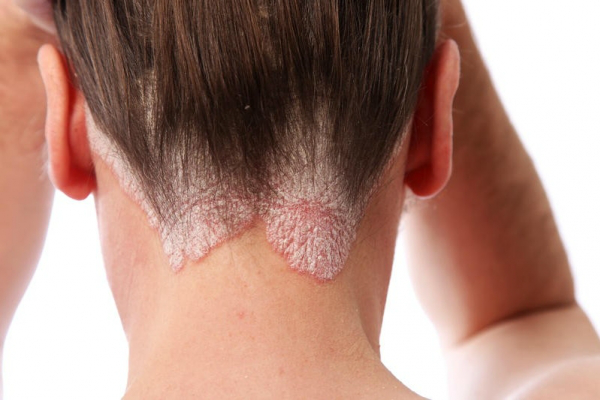
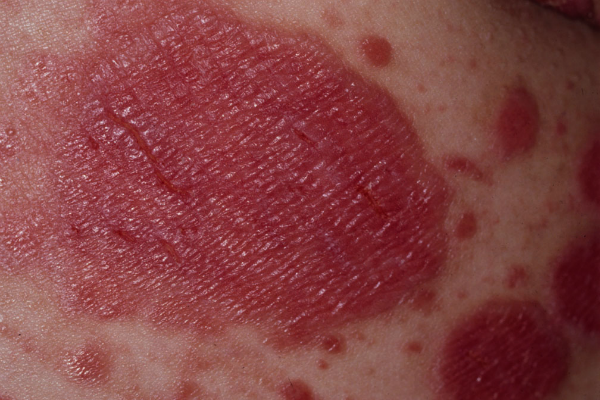
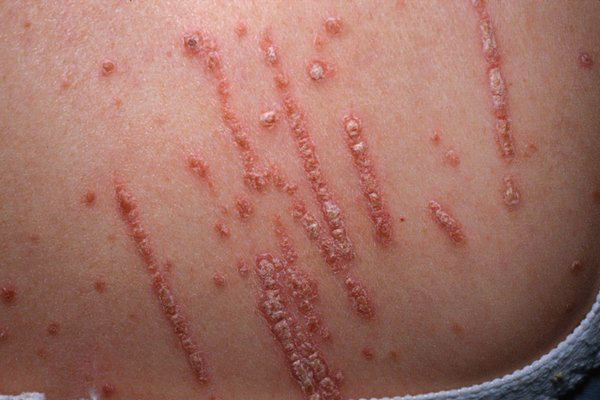



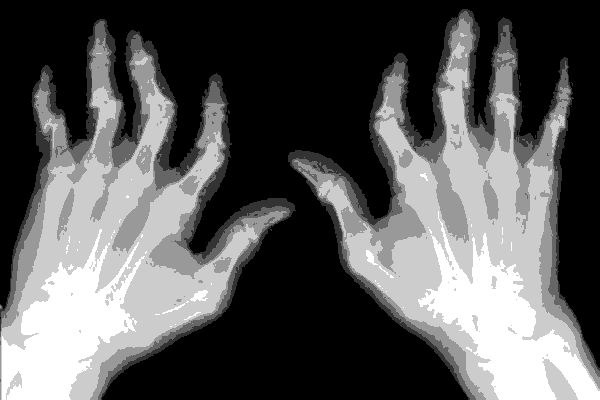
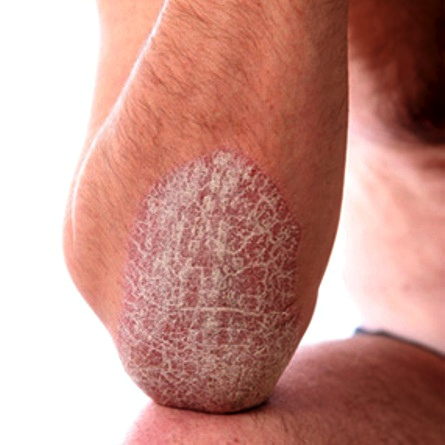
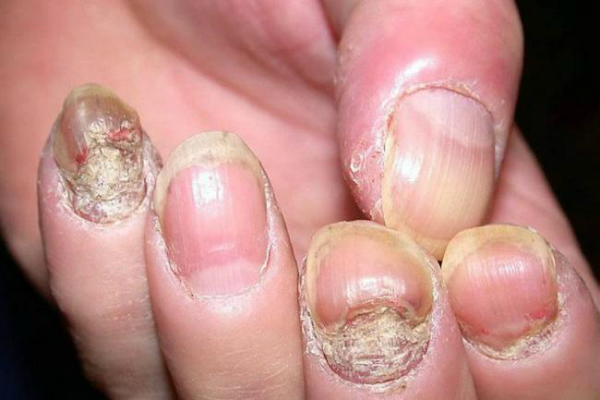

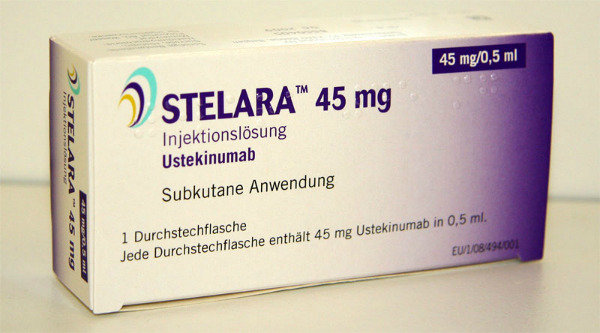
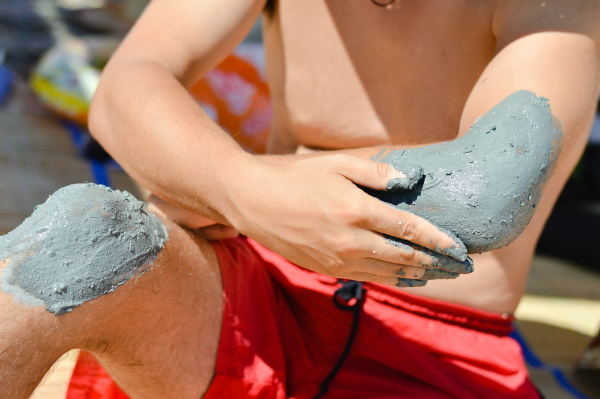
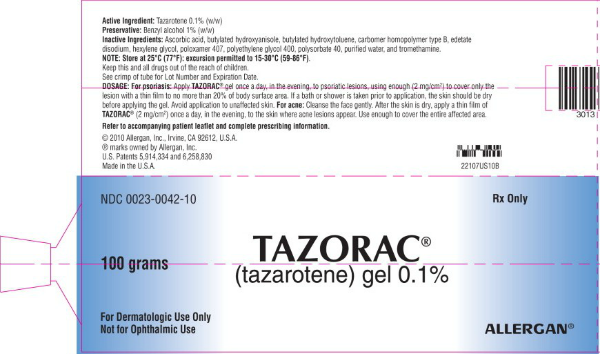
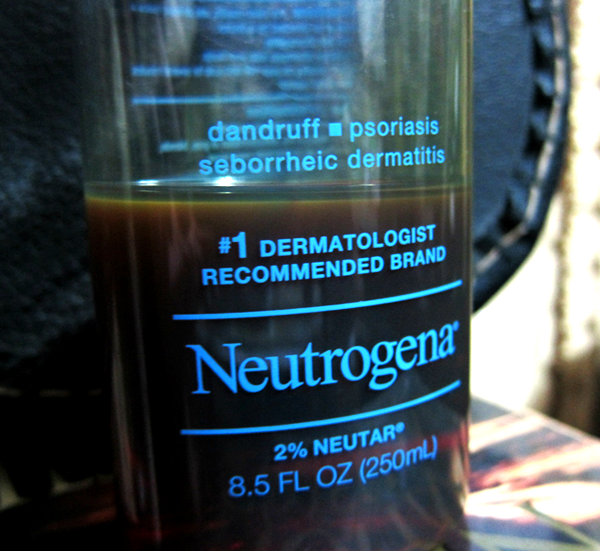
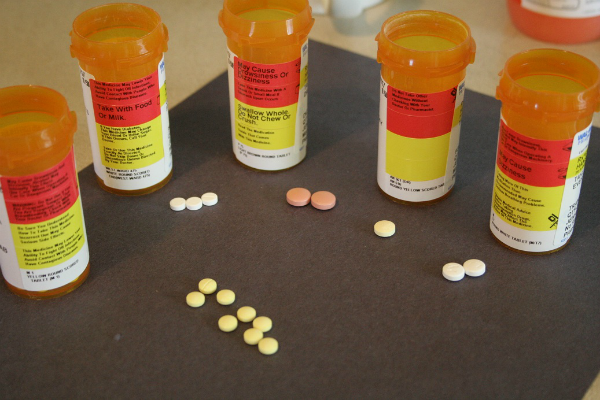

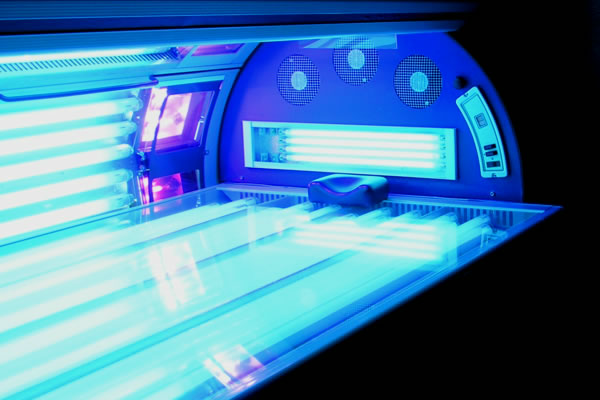
I have gone from a wheel chair to walking due to Humera , this is a disease that last forever. I had cancer , during the surgery and healing process I was off my meds. Had flair ups but I am getting back to normal. Happy New years.
That’s great to know! Happy new years!